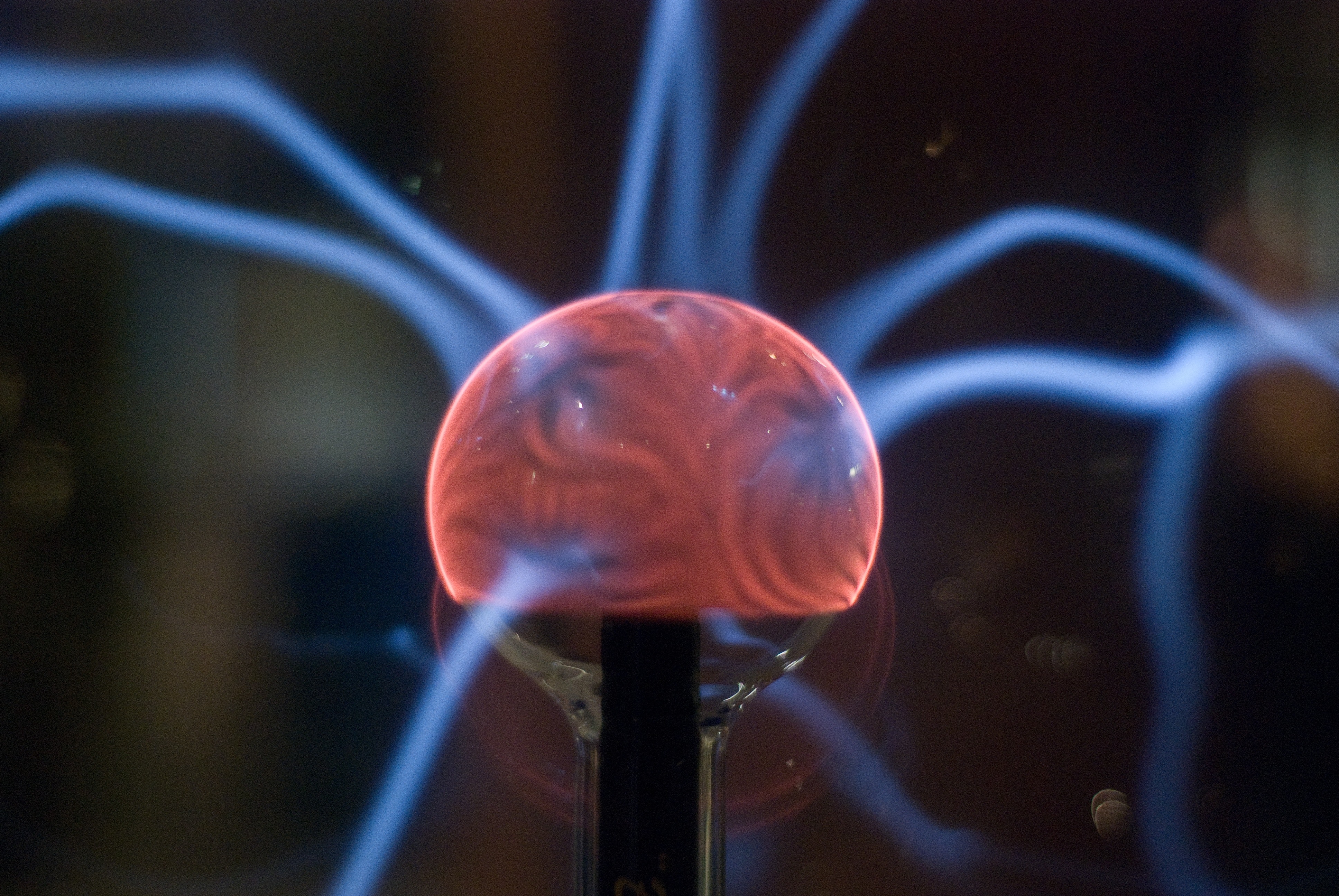
HDD VS. SSD: WHICH ONE SHOULD A DATA CENTRE USE?
Traditionally, a computer’s memory is stored on a spinning magnetic disk known as a hard disk drive, or HDD. However, in recent years, large leaps in technology have brought to light another form of memory storage: the solid state drive, or SSD.
With regards to function, both HDDs and SSDs perform the same job of storing a computer’s memory, with the distinction arising from how each specifically stores memory. In the traditional HDD, memory is stored on a magnetic disk that spins when powered on. A read/write arm detects and alters data through magnetization, with the changes in the magnetization representing the data.
SSD, on the other hand, stores memory on an integrated circuit of flash memory chips. This allows for memory to be safely stored even when power to the drive is not present, and it also allows for more consistent data preservation after sudden power surges when compared to traditional HDDs.
Understanding the Differences between HDD and SSD
Although both HDDs and SSDs perform the same function, they vary considerably in terms of the pros and cons of use in different applications. The following are the general areas in which the two types of drives differ:
Price
As SSDs are a relatively new technology compared to HDDs, HDDs have a definite advantage in price. A 1 terabyte (TB) HDD costs around $50, whereas a comparable SSD will cost approximately $250. With five times the cost savings, price is definitely a distinguishing factor when deciding on choosing HDD or SSD storage.
Storage Capacity
In regards to storage capacity, HDDs are still the dominant piece of technology, with HDDs easily exceeding multiple TB of storage. SSDs, on the other hand, top out at 4 TB at the consumer level, and even then, are rare to find and extremely expensive. Due to the price of SSDs, they are more readily found in storage capacities that are at a fraction of the size of comparable HDDs.
Speed
Speed is the true advantage of using SSD over HDD. SSDs are able to read and write data much faster than traditional HDDs because they do not rely on mechanical components. In fact, a computer utilizing an SSD will regularly boot up in less than a minute, or even just a few seconds in some cases, whereas an HDD would need the typical amount of time to boot up and reach operating speed before it could be read.
Fragmentation
Fragmentation is the breakup of where data is stored on a disk. HDDs work best when data is written in large, contiguous blocks. However, as the disk approaches maximum capacity, the likelihood that this occurs is decreased. Fragmentation occurs when large blocks of data are broken up between areas of free space, which slows down the disk. Technological improvements in HDDs have decreased the effects of fragmentation on HDDs’ speed. However, with data being written and read from anywhere on an SSD, it is not affected by fragmentation in the same way as HDDs.
Durability
In traditional HDDs, data is stored on spinning metal disks, and a read/write arm hovers just nanometers above it when it powers up. When the device is powered down, the read/write arm is “parked” to avoid excess movement and possible damage. In an SSD, however, there are no moving parts, thus decreasing the chances of mechanical failure and increasing durability and safety of data from physical shocks to the drive itself (e.g., if it is dropped).
Availability
Due to their lower price and increased storage capacity, HDDs are still favored and more readily available in the product lines of major producers. However, as technology advances, the prevalence of SSDs is steadily increasing.
Form Factors
Since HDDs rely on mechanical spinning parts, they have restrictions on just how small the physical drives can be. SSDs, on the other hand, do not have these restrictions and are able to be engineered in much smaller sizes. That’s why they have become favoured in applications such as mobile phones and ultrabooks.
Noise
Since HDDs rely on mechanical components, they all emit some degree of noise. With higher-performance HDDs spinning at higher RPMs, they will emit more noise, and if the disk has been damaged, spinning components may make even more noise than normal. SSDs, however, emit virtually no noise.
Power
HDDs require power to boot up and get to operating speed. These moving parts also lose energy to friction and noise, making them inherently less efficient than SSDs, as SSDs do not suffer from these drawbacks.
Overall, traditional HDDs still beat out SSDs on price, capacity, and availability, whereas SSDs are the winner in speed, durability, form factors, and fragmentation. This split in advantages makes it apparent that in order to fully optimize storage needs, a balance must be struck in the utilization of SSDs and HDDs.
Finding the Right Mix in Data Centres
As traditional HDDs are much cheaper and able to store much larger amounts of data, they are still the dominant storage type found in data centres. However, the use of SSDs is on the rise due to their significant speed advantages.
According to studies, up to 90% of data is considered “cold,” meaning that it is accessed infrequently after being initially captured, and the other 10% of data is “hot,” or accessed frequently once captured. An example of this can be seen on Twitter, with new “tweets” that are being viewed and shared at high rates, but the same tweet a week later can be viewed as “cooled down” as the shares reduce.
We can see that data storage can be categorized into tiered levels based on the frequency of usage. For optimal usage, data centre managers should concentrate the use of SSD technology for storing items such as the operating system, applications, and the highest frequency “hot” data. A concentration of HDDs for less frequently used “cool” data will help reduce the overall costs of the data centre.
It is still unclear whether SSDs will completely replace traditional HDDs as the premier storage device in data centres. With the rise of cloud storage technologies, even more factors must be considered. With the price of SSDs continually decreasing and their storage capabilities on the rise, they have definite advantages that data centre managers can no longer ignore.
LINKS
SSD vs. HDD: What’s the Difference?, https://www.pcmag.com/article2/0,2817,2404258,00.asp
Understanding how new solid state drive technologies can benefit the data center, https://www.networkworld.com/article/3075873/storage/understanding-how-new-solid-state-drive-technologies-can-benefit-the-data-center.html
HDDs Versus SSDs in the Data Center, http://www.datacenterjournal.com/hdds-versus-ssds-in-the-data-center/

